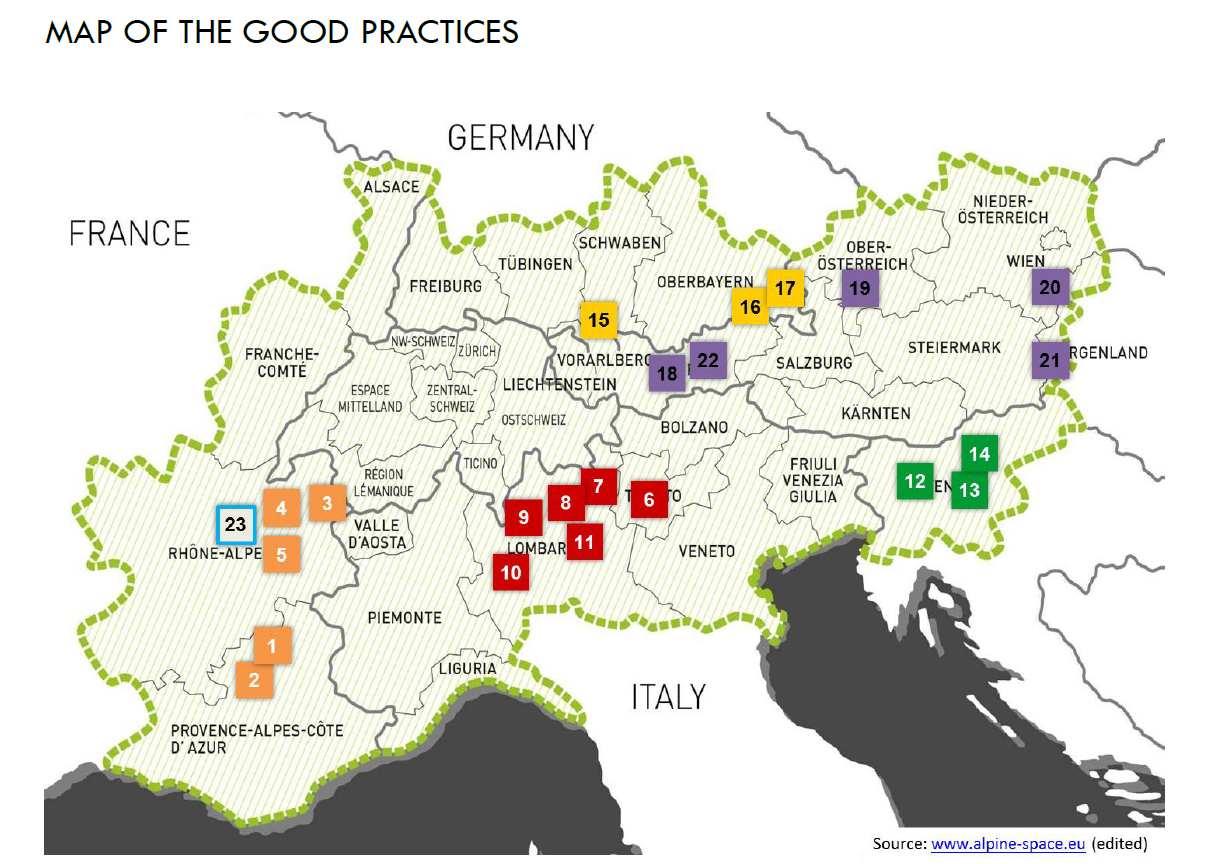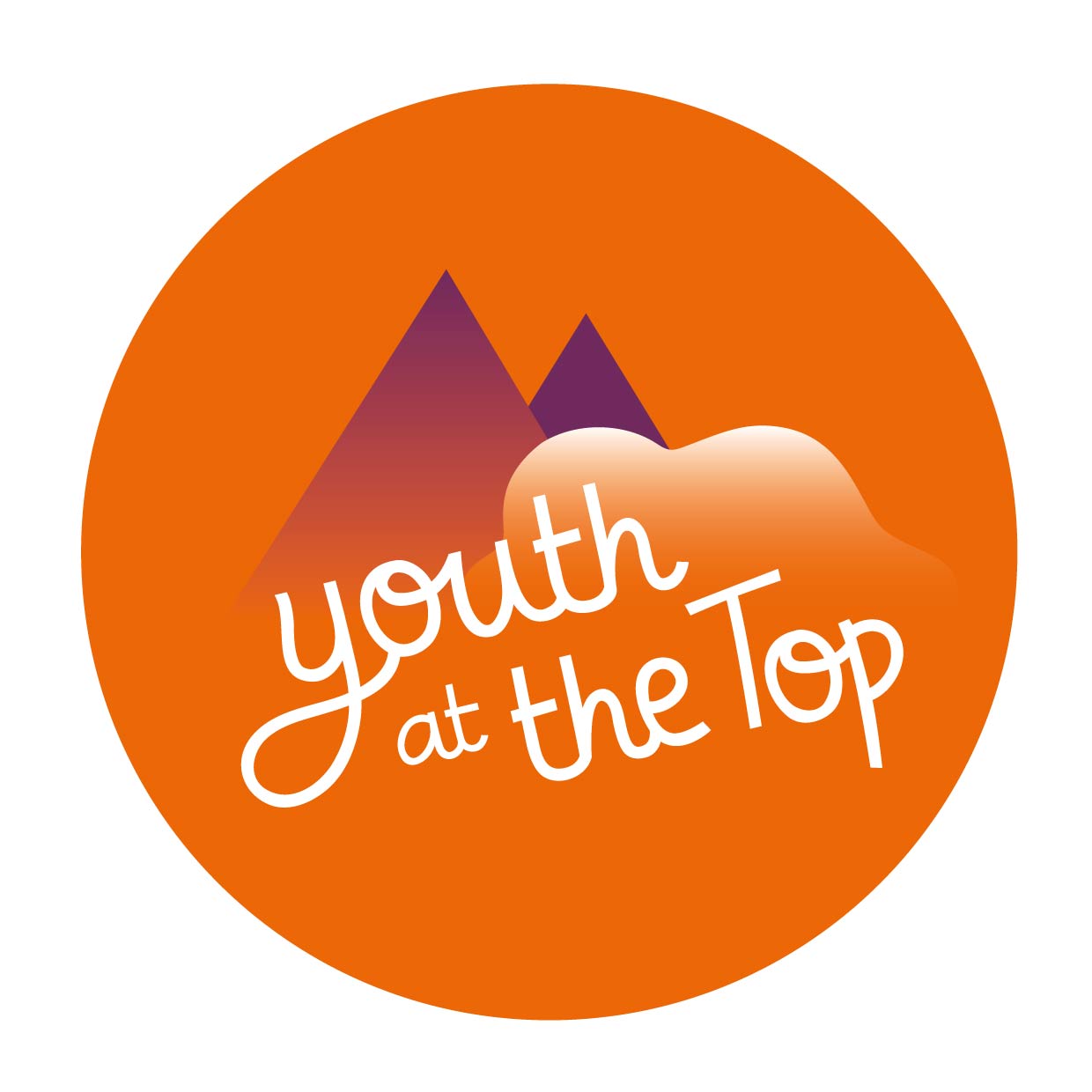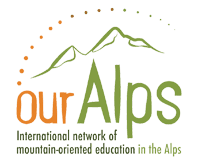Related articles
Collection of good practice examples in the Alps (2017)
In the Alpine region a lot of good practice examples of mountain oriented education already exist. The collected examples from France, Italy, Slovenia, Germany and Austria show a wide variety of approaches to the subject. They differ in their thematic focuses, their organizational framework, the involvement of partners from different sectors, the ways of practical implementation, the age groups of the pupils and many other aspects. The examples shall be an inspiration for your own project. Contact details and links to websites help to gather further information.
Report an interesting initiative
You can also share an original, innovative practices by filling in a short information form. Please contact the network: contact@ouralps.org
We will be happy to support you in the process.
Innovative educational practices are those that have a new educational approach, a new organisation or a new consideration of a topic based on several factors: creativity, methodology, partnership and use of resources.

Download the document Collection of Good Practice Examples for further detailed on the good practices below.
FRANCE

No. 5: “Réseau Empreintes” / Access to the mountains for people with handicaps Réseau Empreintes is an environmental education network focusing on the establishment of access to the mountains for people with handicaps. The network offers logistic and pedagogical support to people with disabilities who would like to stay in the mountains.
ITALY

No. 7: “Rifugio Val Salarno /Refurbishment of an alpine refuge in Val Salarno” The project provides high school students with the relevant competencies to plan the rebuilding of an alpine refuge considering environmental characteristics of the territory and technical specifications of the structure in Adamello Regional Park.

No. 8: "ARCTOS" ARCTOS is a LIFE project in the alpine area of the provinces Sondrio, Lecco and Bergamo. Its aim is to preserve the Brown Bear from extinction and to demonstrate its importance by means of specific activities tailored to local people, students and children as well as the staff of mountain parks.

No.11: BIOBLITZ LOMBARDIA In a two-day activity citizens and students collect and report data about the presence of animal and plant species in the network of Lombardy Region’s Protected Areas. People are accompanied by experts who help detecting and recognizing the most interesting species. Animals and plants are photographed and data entered in a web platform.
SLOVENIA

No. 14: Network of Forest Kindergartens and Schools of Slovenia The main purpose of this network is to encourage schools and kindergartens to maximise the use of the local natural environment for educational purposes. The project contributes significantly to the exchange of knowledge, good practice examples and the development of pedagogical approaches.
GERMANY

No. 15: Nature Experience Centre Allgäu The Nature Experience Centre Allgäu is building up networks between environmental-educational actors and people responsible for tourism in order to strengthen nature tourism. It offers environmental education in the entire area of Allgäu. With only 1.5 permanent jobs and the support of voluntary workers about 700 environmental-education offers can be generated every year.

No. 16: Education Centre „House of the Mountains”, Berchtesgaden The triad of exhibition, education centre and outdoor area is unique. The four main living spaces water, forest, alps/meadows as well as rock in all seasons are the focus of the exhibition “Vertical Wilderness”. Motto: “Inspire not instruct“
AUSTRIA

No. 18: k.i.d.Z.21-Austria: competent into the future Topic: Discovering and experiencing climate change from different perspectives. Educational potential: learning-on-site, learning to understand climate change in the alpine mountains. Cooperation between science and society is strengthened. The integration into everyday school life is a central part of the concept.

No. 20: Qualification – Networking – Advancement of Nature Park Schools in Burgenland On this platform school authorities, the college for education (school for teachers), Nature Parks, Nature Park Schools and the communities, work together in qualification, networking and advancements of the Burgenland Nature Parks. This constellation is unique in Austria.

No. 21: Nature-Park Primary and Secondary School in Rechnitz - The concept of the school and the educational objectives are especially matched with the characteristics of the Nature Park. - The principals are members of the Nature Park executive committee. - The students can also participate in voluntary care-services outside of school hours in the Nature Park as “junior rangers“.
No. 23: "Youth at the Top"
"Youth at the Top" is an international project, a form of collective action simultaneously organised in six alpine countries (Austria, France, Germany, Italy, Slovenia and Switzerland). "Youth at the Top" aims to create links between the different countries and symbolically go beyond administrative and language barriers by considering the Alps as an entity.













